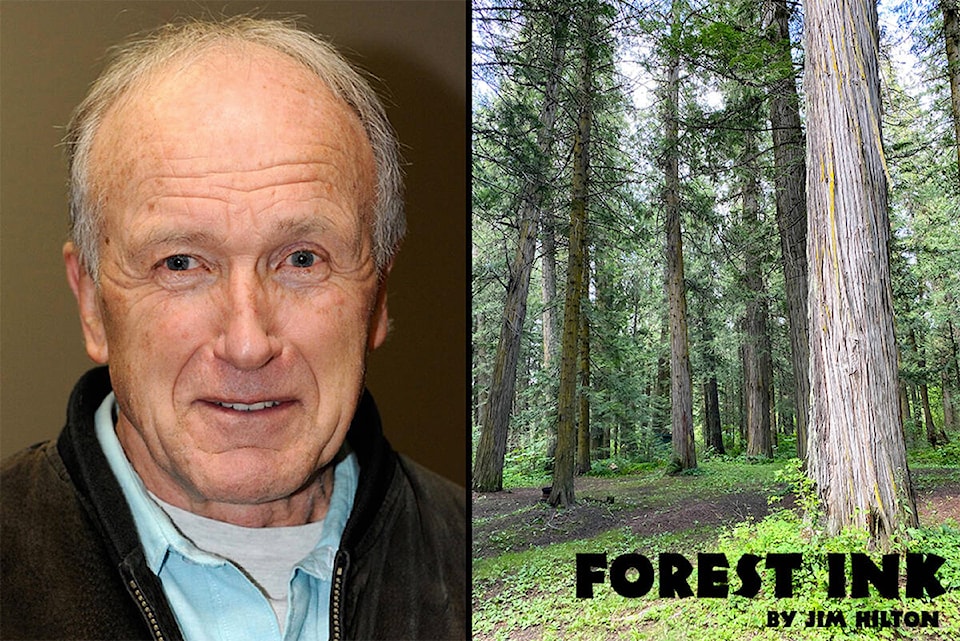The first job with the Ministry of Forests after I obtained my registration as a professional forester (RPF) was the position of the regional audit forester.
In retrospect I think this was the ideal job for a new RPF since it involved looking at the success or failures of a forest stand following a particular planting regime.
Before a stand is logged, a pre-harvest silviculture prescription (PHSP) is developed which lays out the steps leading to the reestablishment of a new forest stand. Following the harvest, periodic field checks are done to see if the new stand meets specific growth criteria as set out in the regulations, for example expected density, health and height criteria.
As the audit forester my job was to see if the inspections were carried out and if they followed the PHSP along with what steps are taking place if the stand is not properly stocked. One of the goals of the audit program was to alter the harvesting or silviculture practices if the stand was not being properly replaced and retain practices that had been successful.
Unfortunately my job ended when the government of the day did some downsizing during one of the purges about three decades ago and I have not inquired as to the state of the audit program today. As with any program it is important to pass on the results to future generations so improvements can be made in our forestry practices.
A recent article in the Logging and Sawmilling journal is another good example. The article describes an interview with Derek Sidders, Program Manager of the the Canadian Wood Fibre Centre (CWFC) and Canadian Forest Service (CFS) Forest Technology Development Group. He has been working in conjunction with forest companies, governments, and other partners throughout Canada and has amassed a large repository of legacy trial and demonstration sites featuring realistic and practitioner-oriented research.
“Typically, these sites take conventional forest management practices and test the application of advanced practices, to evaluate and validate the biological forest response. The goal is to develop practical approaches and affordable tools that practitioners can apply as they manage activities in the commercial forest. The potential exists to actually enhance natural forest response in some instances when some of these economical practices are applied,” notes Sidders in the article.
He goes on to give a number of examples of new techniques they have developed which have resulted in phenomenal response. The Grizz tool along with another high speed horizontal mixing approach have given some impressive results which he feels could be applied to many sites across Canada. He also describes mixed wood management, partial harvesting, selective harvesting and removal of dead, dying or disturbed material that can be converted into commercial wood products. Many of the sites have shown positive growth responses that have also shown minimal site disturbances.
The challenge is to take this massive amount of research and make it available to the forest industry that is operating in a wide variety of ecosystems across the country.
Jim Hilton is a retired forester who lives in the Cariboo Chilcotin.
